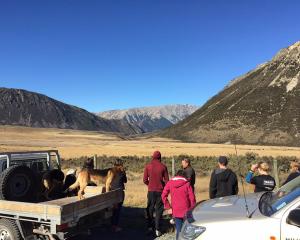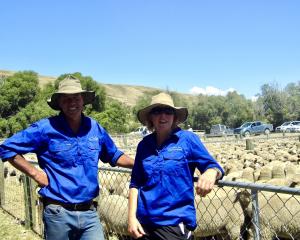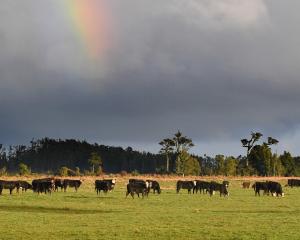Lamb export values hit a new record of $369 million in May, smashing the previous high of $340 million set in February 2009, Stats NZ figures sho
It had been a strong month for meat exports in general, with both lamb and beef increasing in quantities, international statistics manager Tehseen Islam said.
Meat exports were up $119 million (17%) to $812 million and quantity was also up 12%. Lamb exports were the biggest contributor to the rise in meat, with value up $89 million (32%) and quantity up 22%. Exports of lamb were up to all major markets, including China and the European Union. Beef exports were up $16 million (4.5%) to $359 million, with more exports to China. That increase was partly offset by a fall to the United States.
The Ministry for Primary Industries’ latest Situation and Outlook report showed meat and wool export revenue was on track to increase 12.4% to $9.4billion in the year ending June 2018. The main driver was red meat prices, which had been "exceptional" over the past year.
Although total numbers of sheep, beef and deer had been in decline over the past decade, that trend had moderated over the past two years.
That moderation was mainly due to a slowdown in dairy conversions and strong red meat prices driving improved profitability in the sector.
Livestock numbers as at June 30 2017 showed increases for beef cattle and deer, the first increases since 2006 and 2004 respectively, and there was a slowdown in the decline of sheep numbers.
Lamb export revenue was forecast to increase more than 20% to $2.9billion, almost that entire increase due to rising meat prices.
The main driver behind rising lamb and mutton prices over the past two years was falling production in Australia.
Australia and New Zealand combined accounted for about 85% of global sheep meat exports.
While production had steadily fallen in New Zealand in recent years, Australian production had been more variable. Drought in 2014 and 2015 boosted Australian exports, and volumes had fallen since as flocks were rebuilt.
Looking out to 2019 and beyond, lamb and mutton prices were forecast to fall back towards their long run trend. That was primarily based on projections that Australia’s flocks would have been rebuilt and its production and exports would increase.
There was also concern lamb was getting too expensive compared to beef, which could cause some sheep meat demand to shift to cheaper alternatives, the report said.













